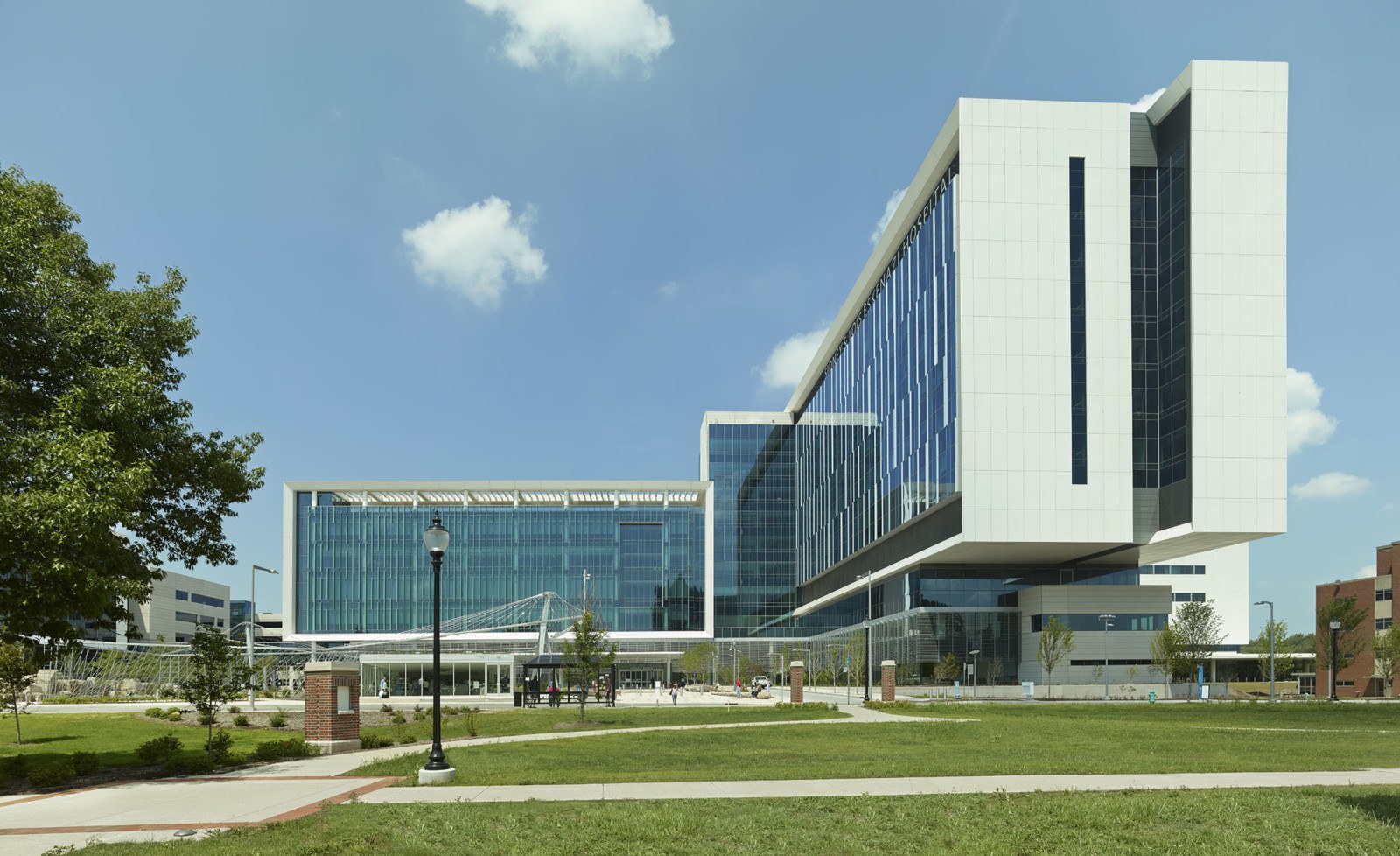In a Healthcare Design magazine article on caring for the caregivers, Paul Strohm discusses the importance of employee-centered design in making patients and staff feel happy and appreciated in today’s healthcare climate.
Excerpted from Healthcare Design:
“A new focus on employee work and respite areas addresses both patient satisfaction concerns and employee recruitment needs. ‘[Providers] are wanting to be creative with how they do it. It’s not money-giving space, but it’s part of attracting personnel,’ says Paul Strohm, director of HOK’s global Healthcare practice.”
“Now, evaluating what’s optimal and healthy for the employee and integrating and tailoring insights from those discoveries into the work environment are becoming part of the design process. ‘All of these things recharge and are restorative in some way for the staff, who then transition back to the care environment,’ Strohm says. The solutions being brought to fruition today are going well beyond the employee lounges and locker rooms of old, too. ‘One thing that’s changed is that we’re looking at [employee spaces] as a priority and not an afterthought. We’re not using leftover space,’ Strohm says. ‘We’re now thinking this off-stage or rejuvenating space is just as important of a priority for how you design healthcare space.’”
“Consider the academic teaching rooms primarily used by physicians and residents making rounds at Sidney & Lois Eskenazi Hospital in Indianapolis, which opened in December 2013, with HOK serving as executive architect and the architect of record. The rooms are observable through interior glass doors and also from the street via exterior corner windows. There are two academic rooms on four of the building’s 10 floors, each featuring a central conference table, computer access to patient records, and a large white-board-covered wall.”
“At The Ohio State University Wexner Medical Center, a 10th-floor space offers views to the Olentangy River and combines a corridor and a modestly programmed staff and student space. At times, the 1,200-square-foot area is a staff yoga studio; other times, it functions as a medical student and resident work area. And, in other incarnations, it offers staff respite thanks to comfortable, easily relocated furnishings.”
